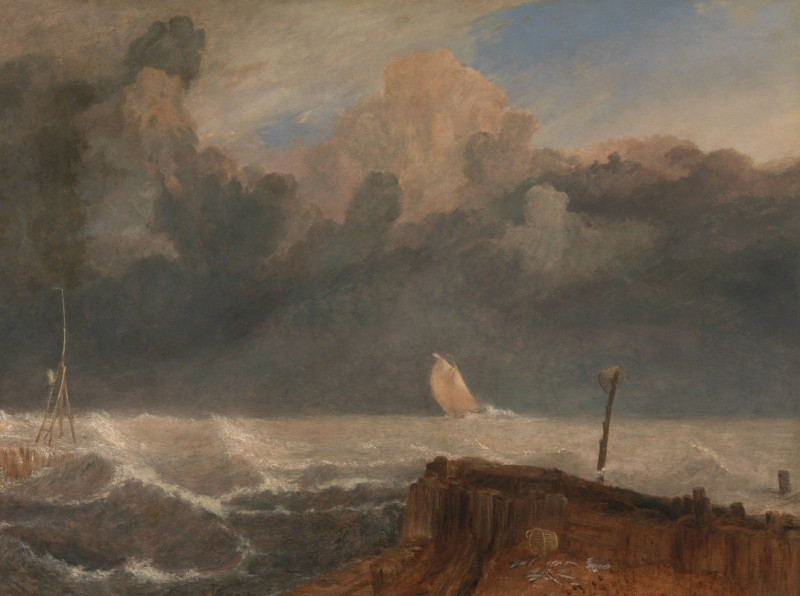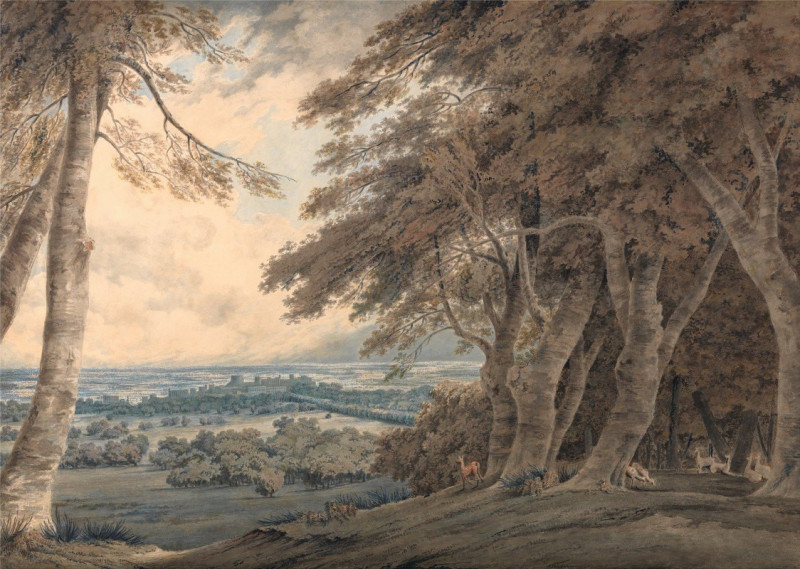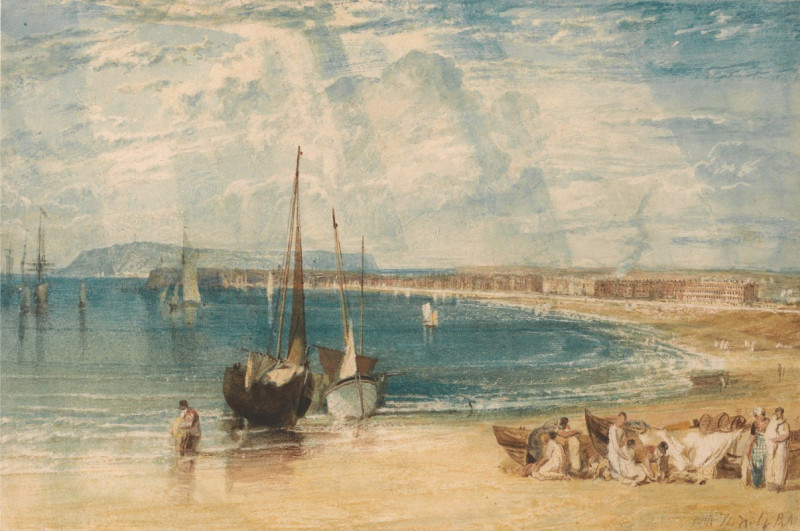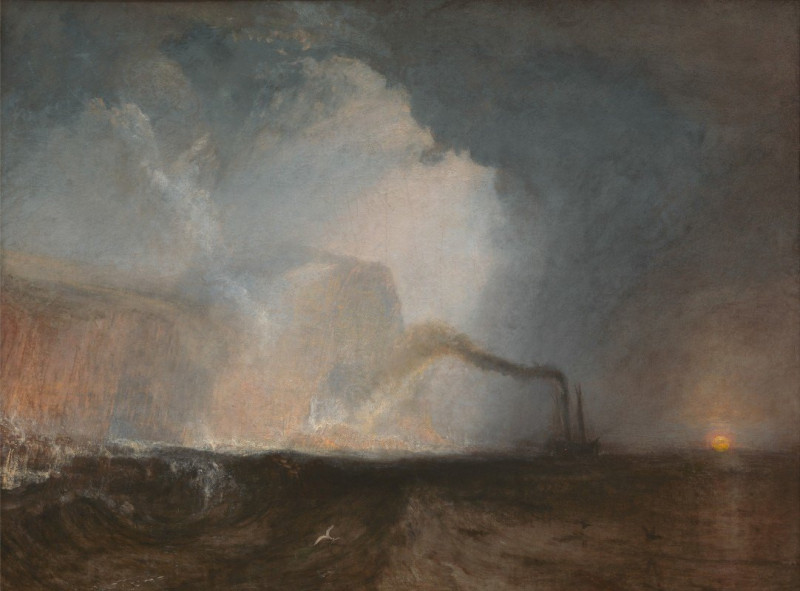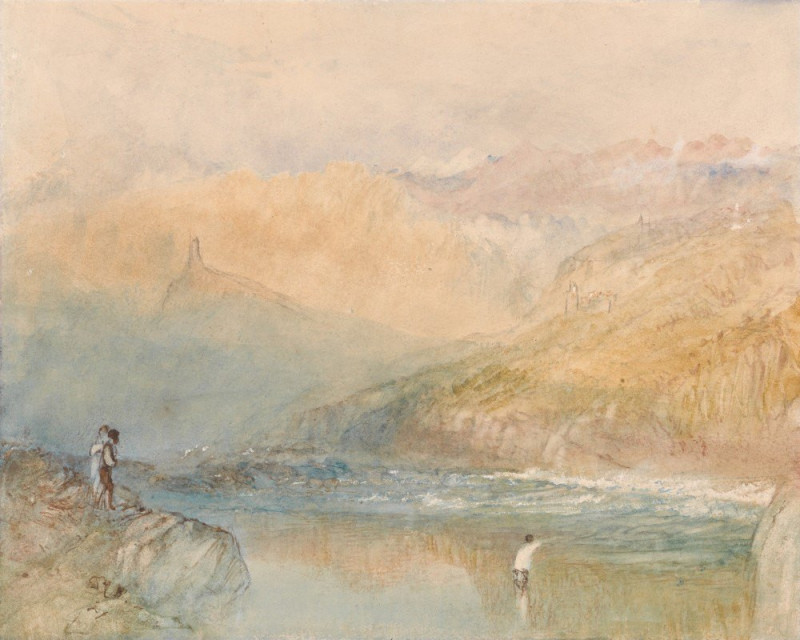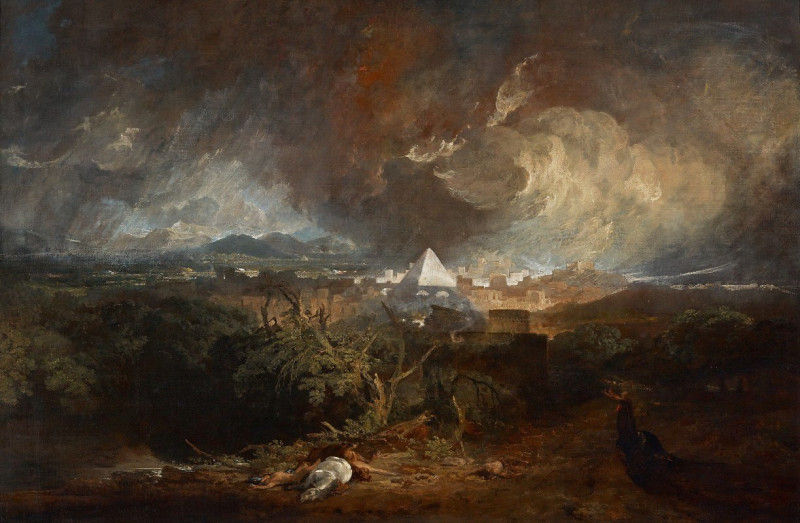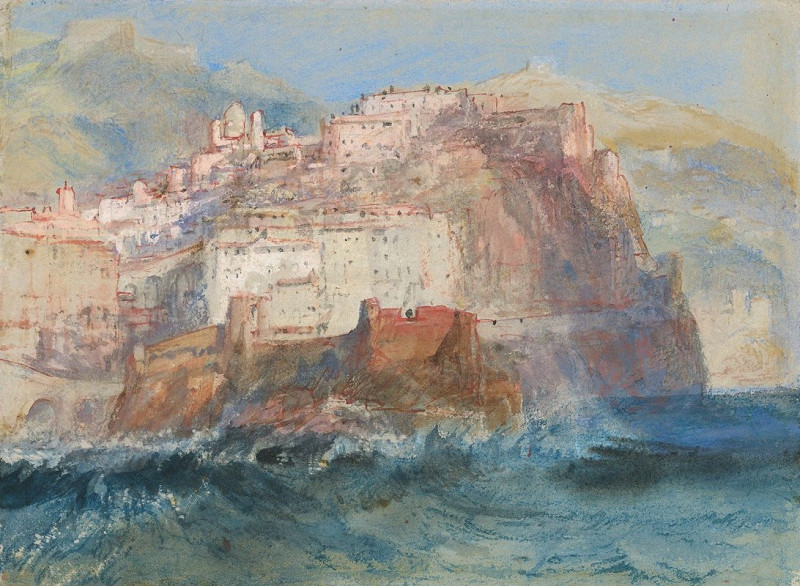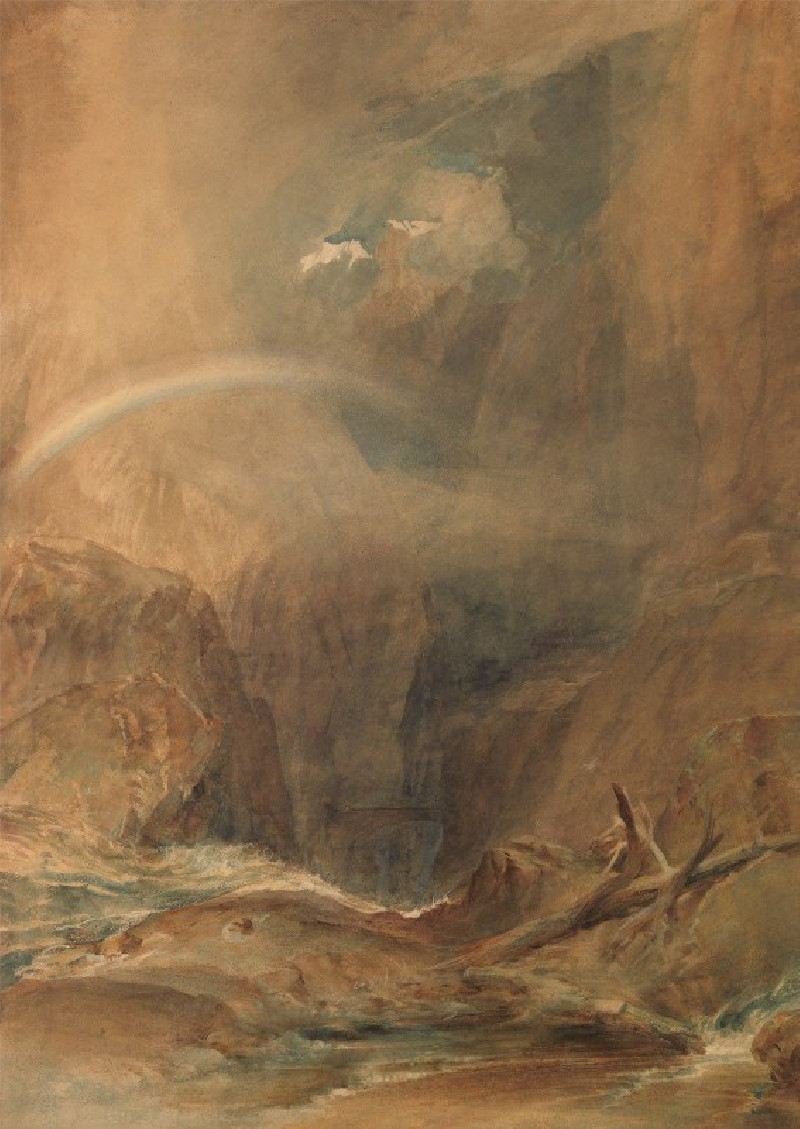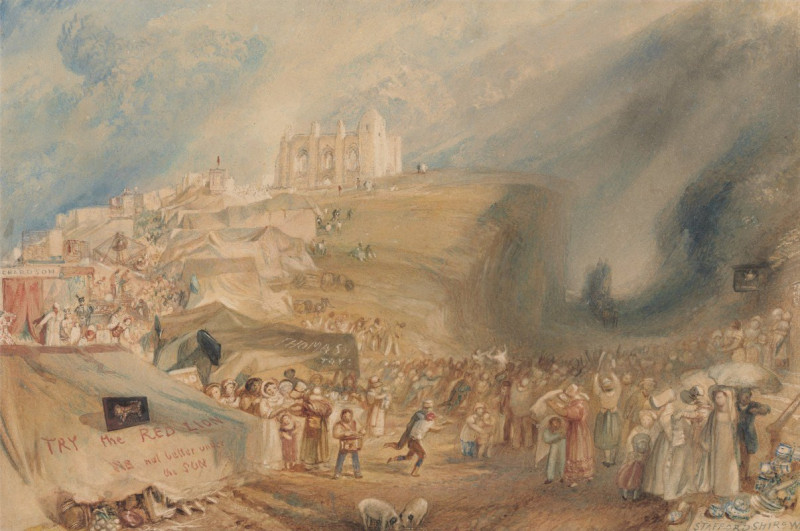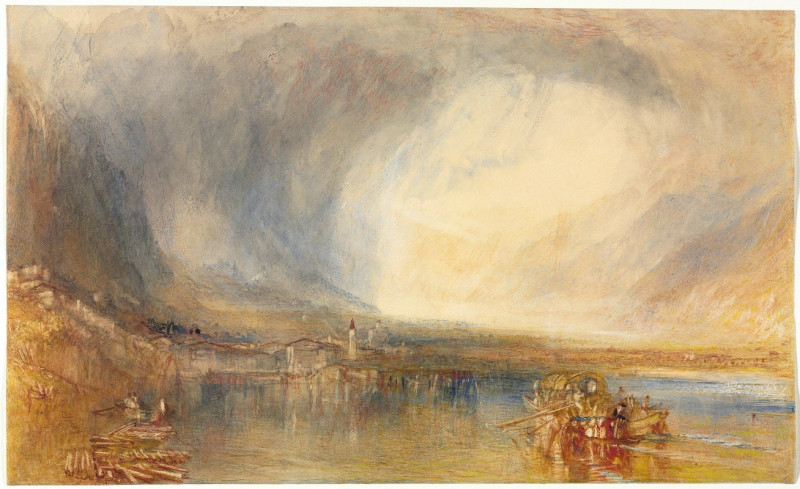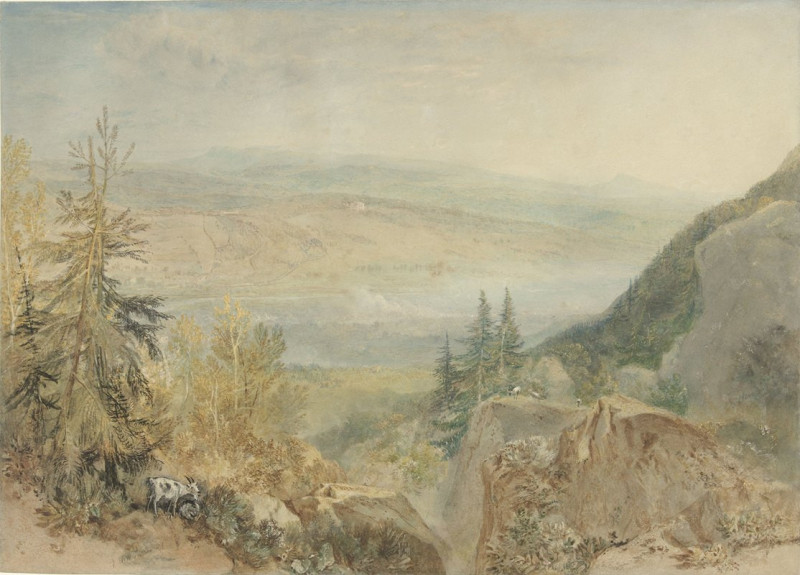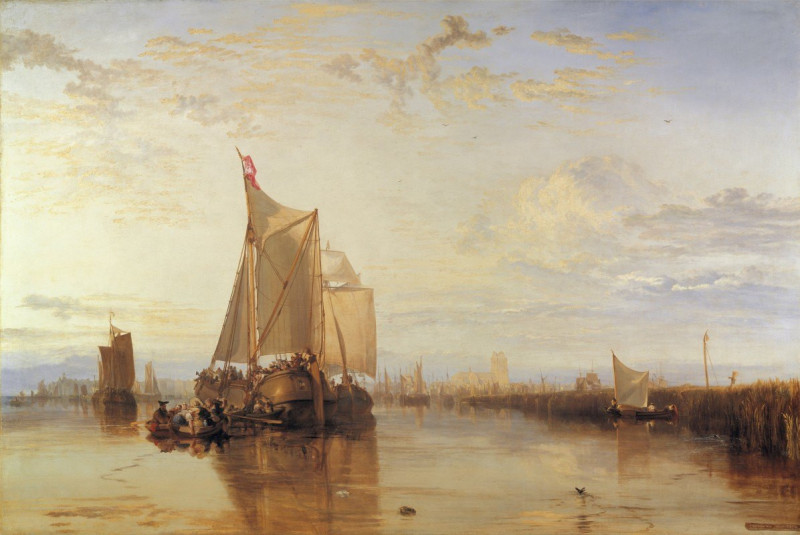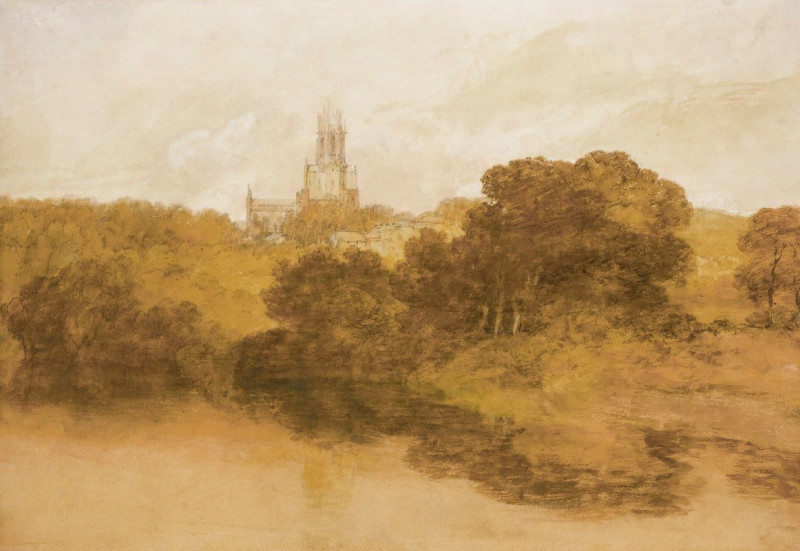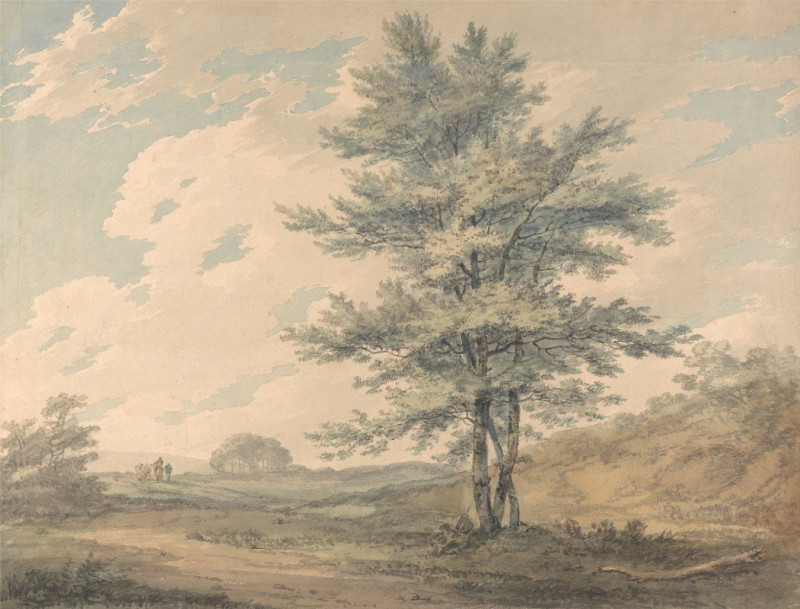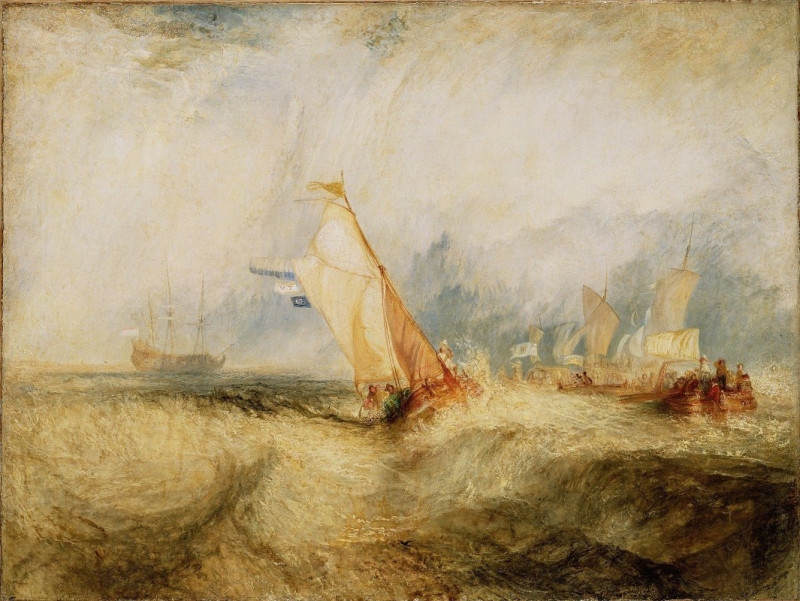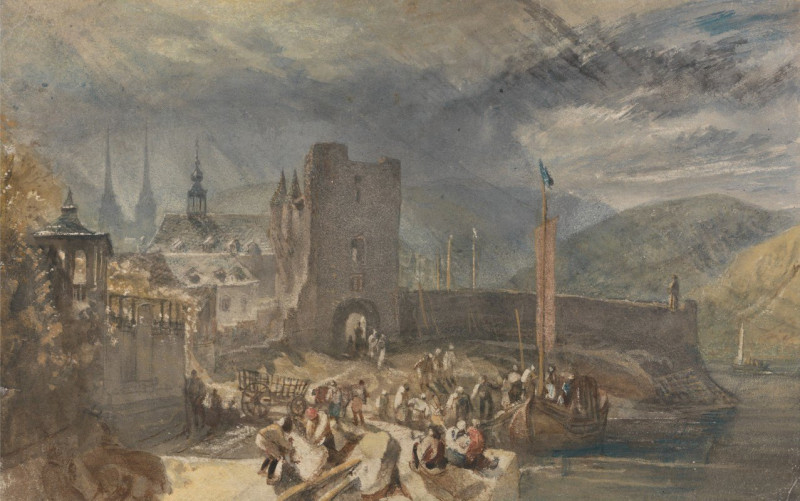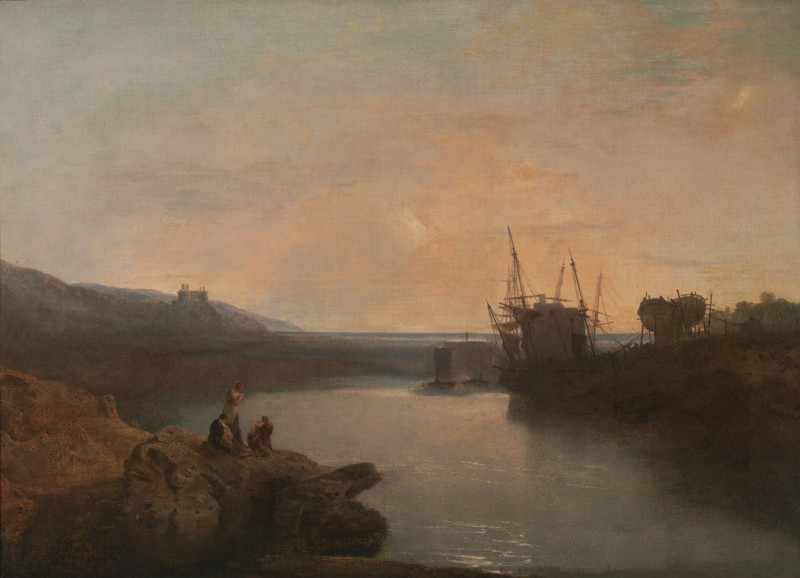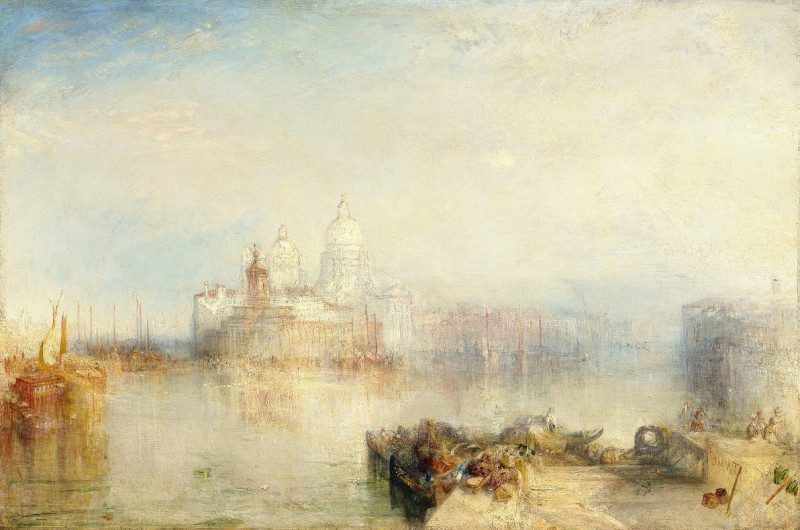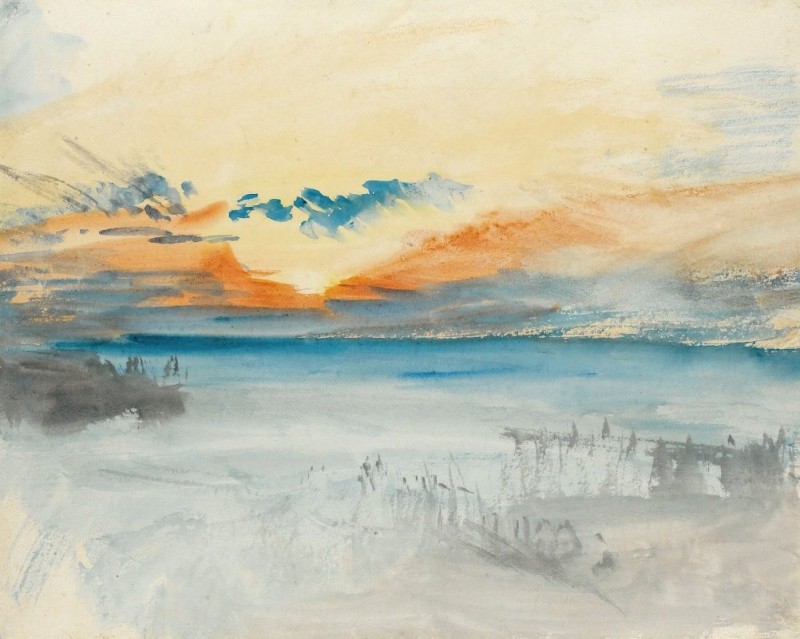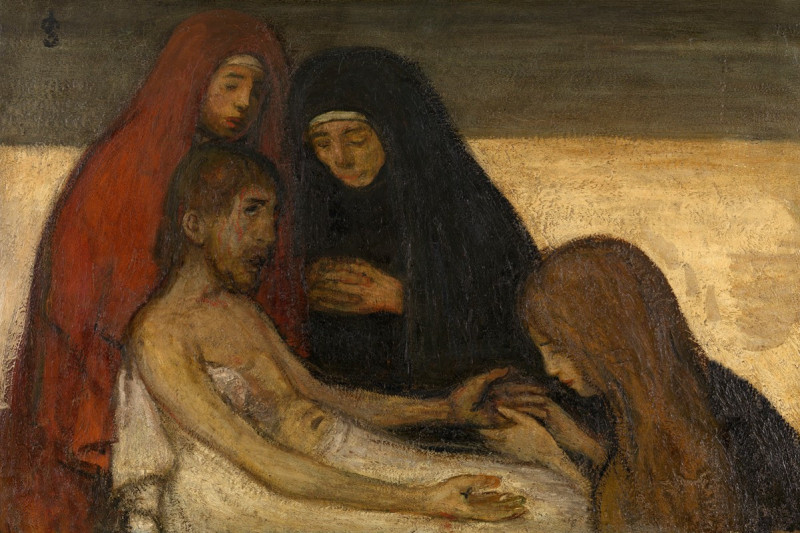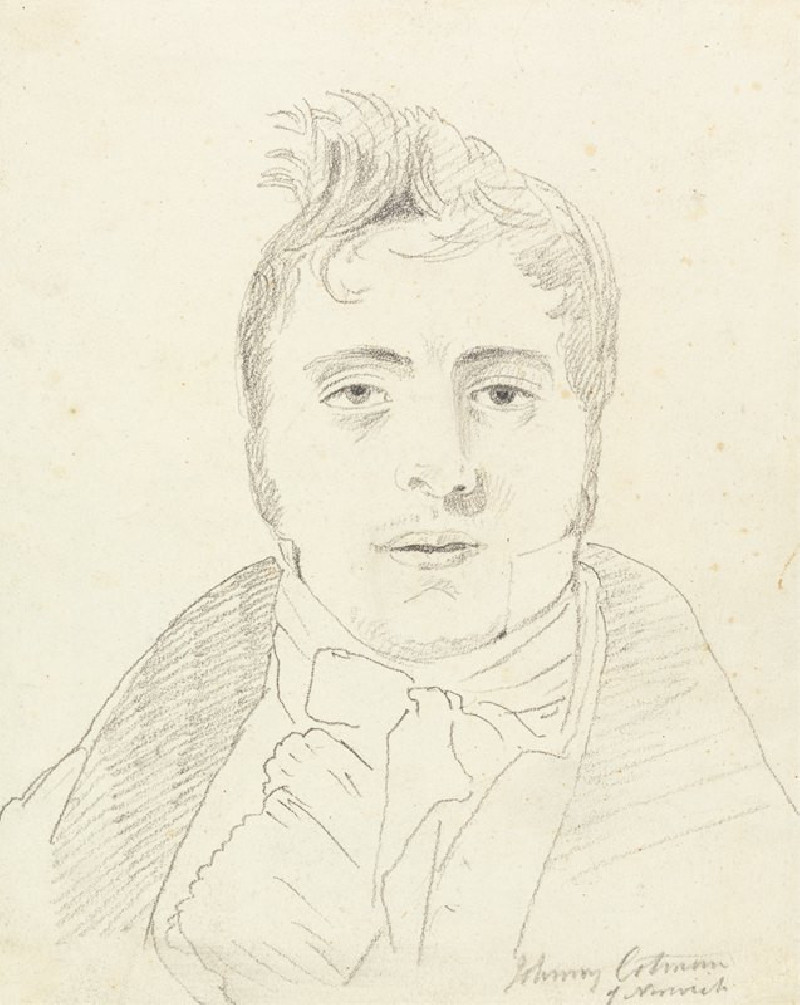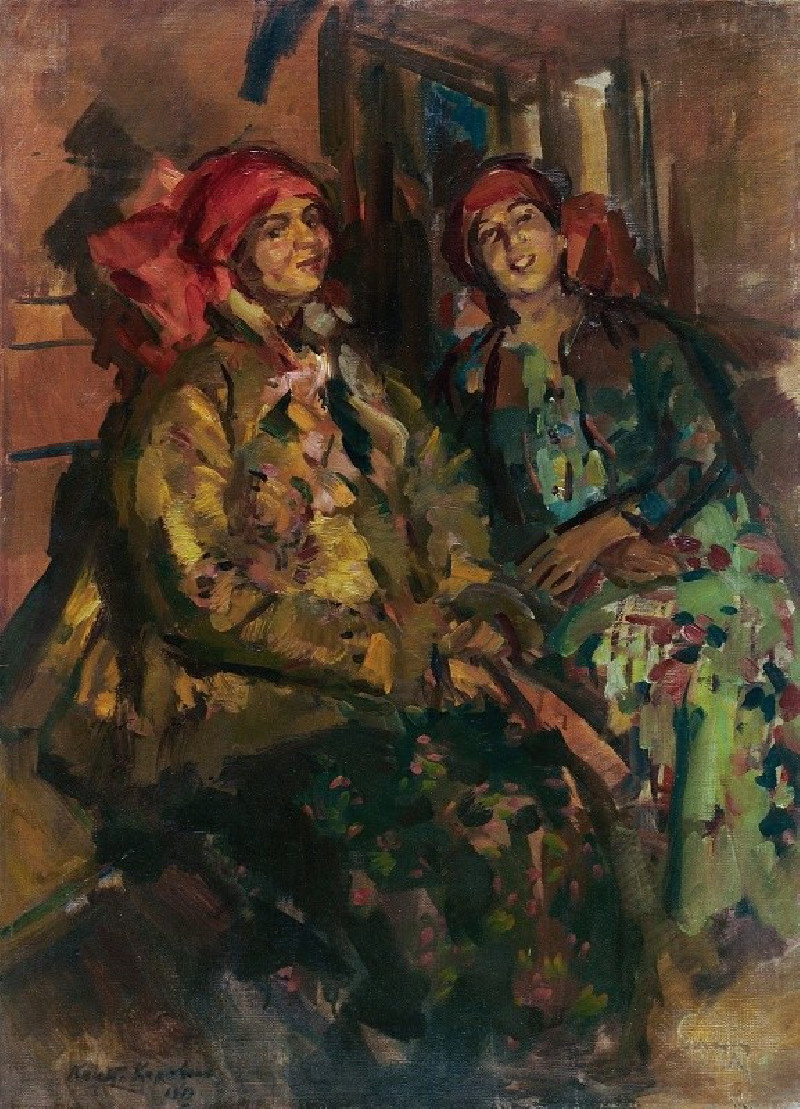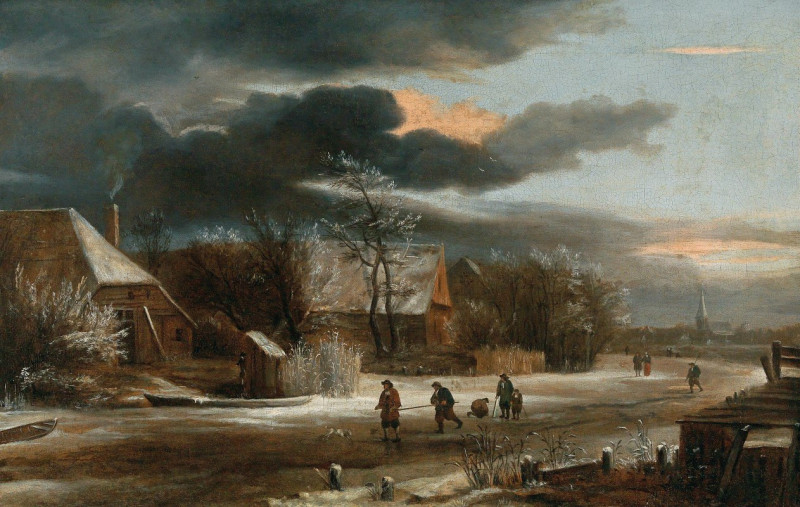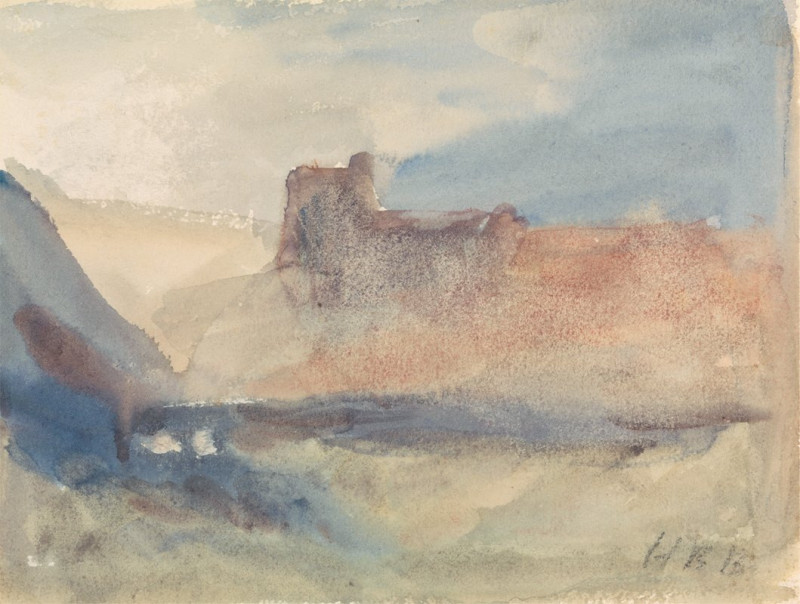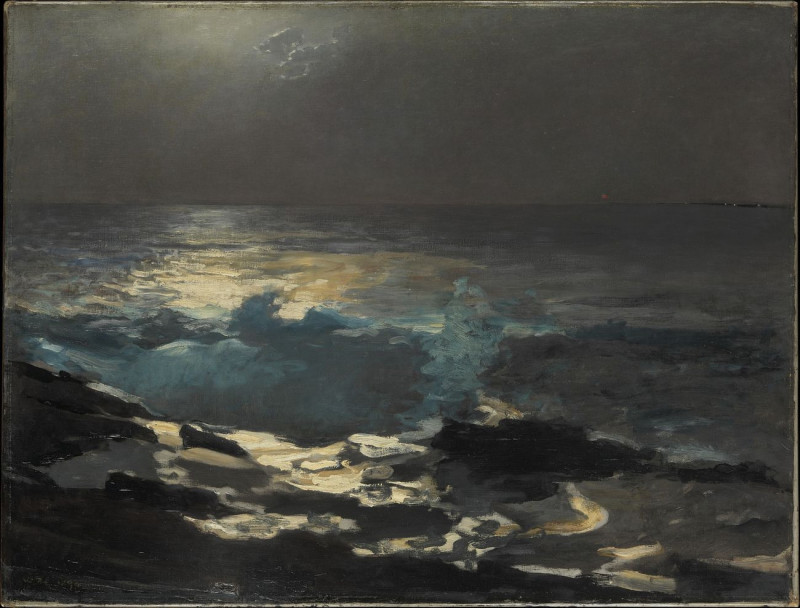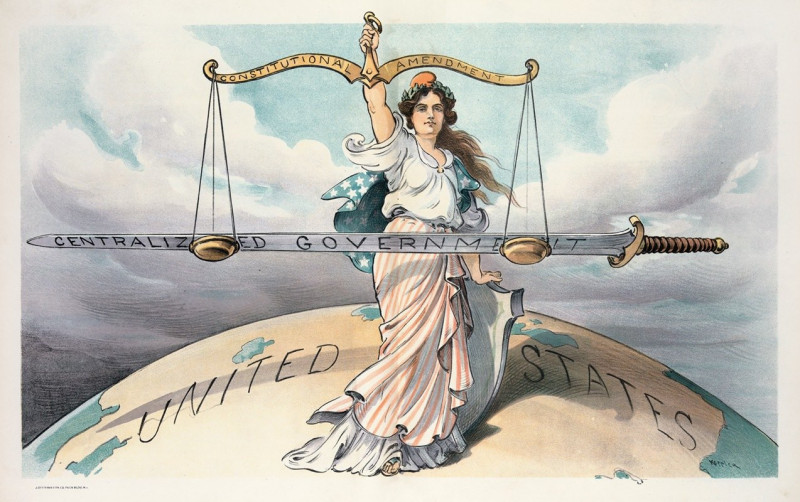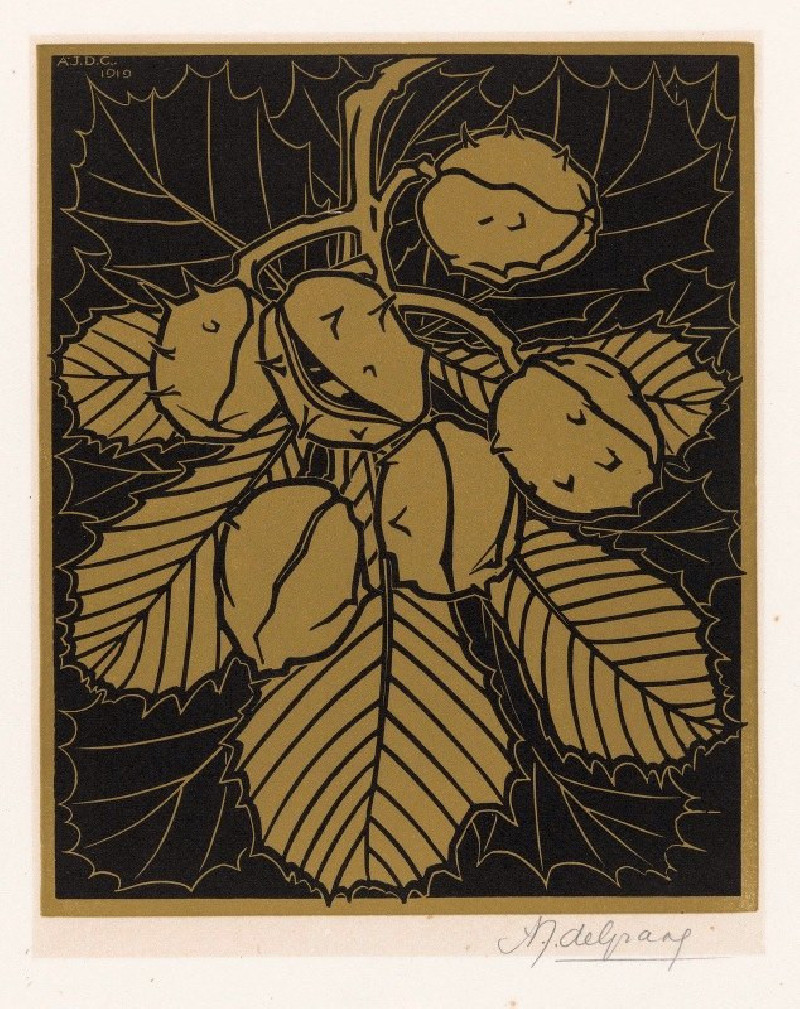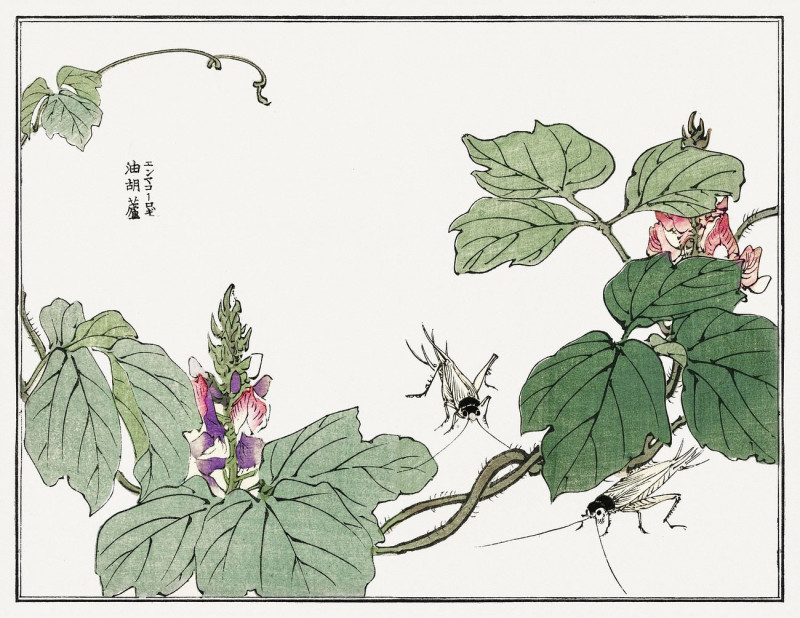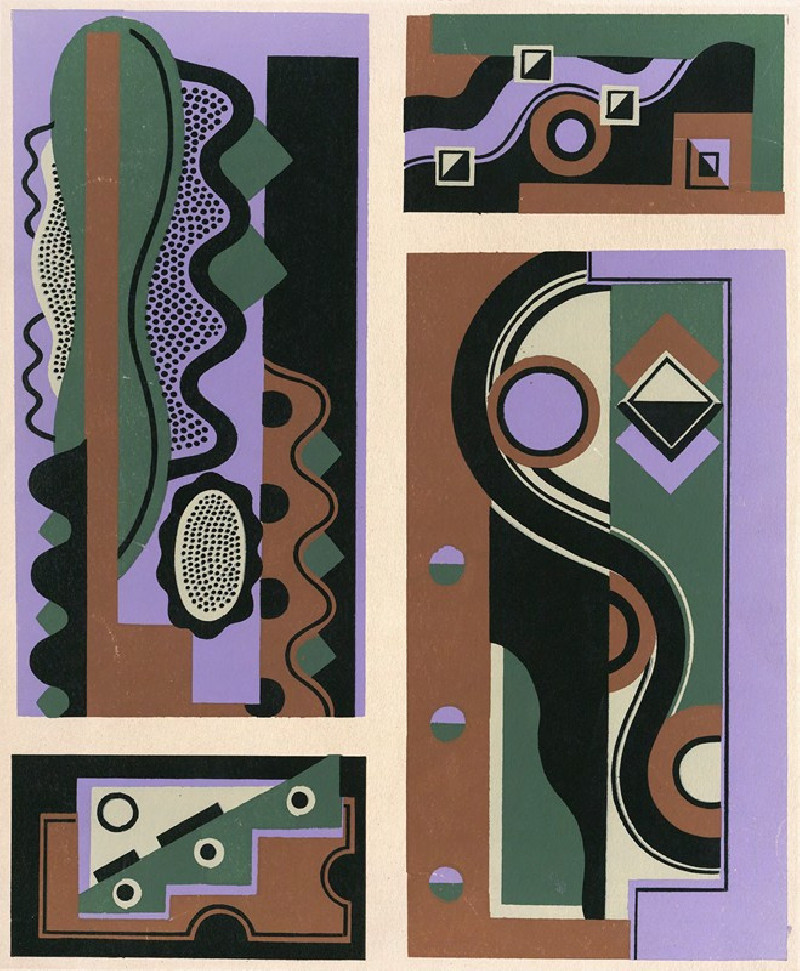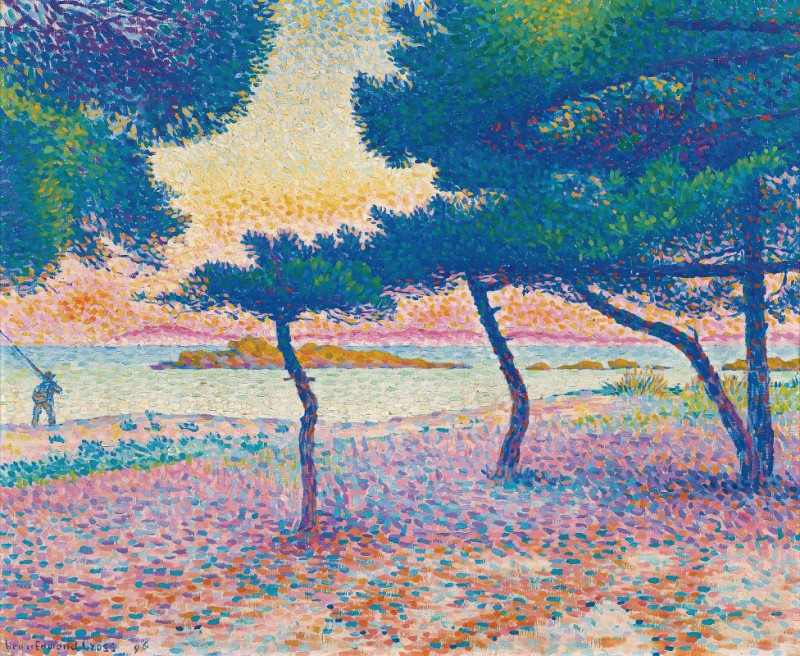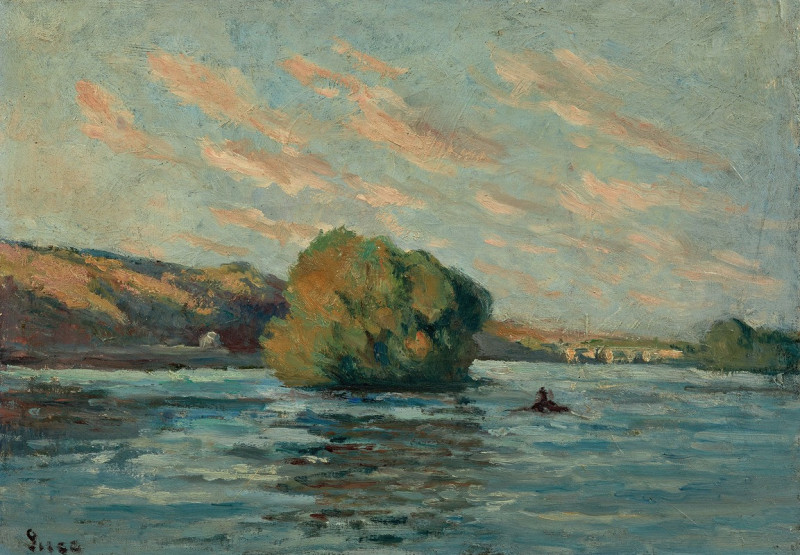View of Ely Cathedral (ca. 1796)
Technique: Giclée quality print
Recommended by our customers
More about this artwork
Welcome to the serene and captivating world painted by Joseph Mallord William Turner in "View of Ely Cathedral," circa 1796. This masterpiece showcases Turner’s remarkable ability to integrate architecture with the natural environment, creating a harmonious and timeless scene.In this painting, the grandeur of Ely Cathedral, one of the UK’s most magnificent churches, is brilliantly captured. The Cathedral stands out with its towering structure adorned with intricate details, embodying the Gothic architectural style that flourishes across its facades and spires. Turner's use of soft watercolors enhances the ethereal quality of the Cathedral, making it appear as if it is emerging from the mist of history.Foregrounding the cathedral, Turner elegantly paints a rural scene teeming with life and activity. To the left, a group of trees, depicted in autumnal tones, adds a touch of warmth to the palette, contrasting beautifully with the cool hues of the cathedral. The peaceful daily life is illustrated by figures in period attire, engaging in conversation, and cattle grazing nearby, adding a bucolic charm to the historical setting.The composition uses a washed, light-filled sky to create a backdrop that invokes a sense of calm and divinity, suggesting the cathedral’s role as a spiritual beacon. This setting is not just a geographical depiction but a powerful portrayal of the tranquil coexistence of human life with monumental heritage."View of Ely Cathedral" is more than just a visual representation; it is a poetic interpretation of a landscape where history and humanity intertwine seamlessly. This painting not only highlights Turner’s technical prowess but also his deep sensitivity to the subtleties of light and its interplay with architecture and nature.
Delivery
Returns
Joseph Mallord William Turner RA, known in his time as William Turner, was an English Romantic painter, printmaker and watercolourist. He is known for his expressive colourisations, imaginative landscapes and turbulent, often violent marine paintings. He left behind more than 550 oil paintings, 2,000 watercolours, and 30,000 works on paper. He was championed by the leading English art critic John Ruskin from 1840, and is today regarded as having elevated landscape painting to an eminence rivalling history painting.


